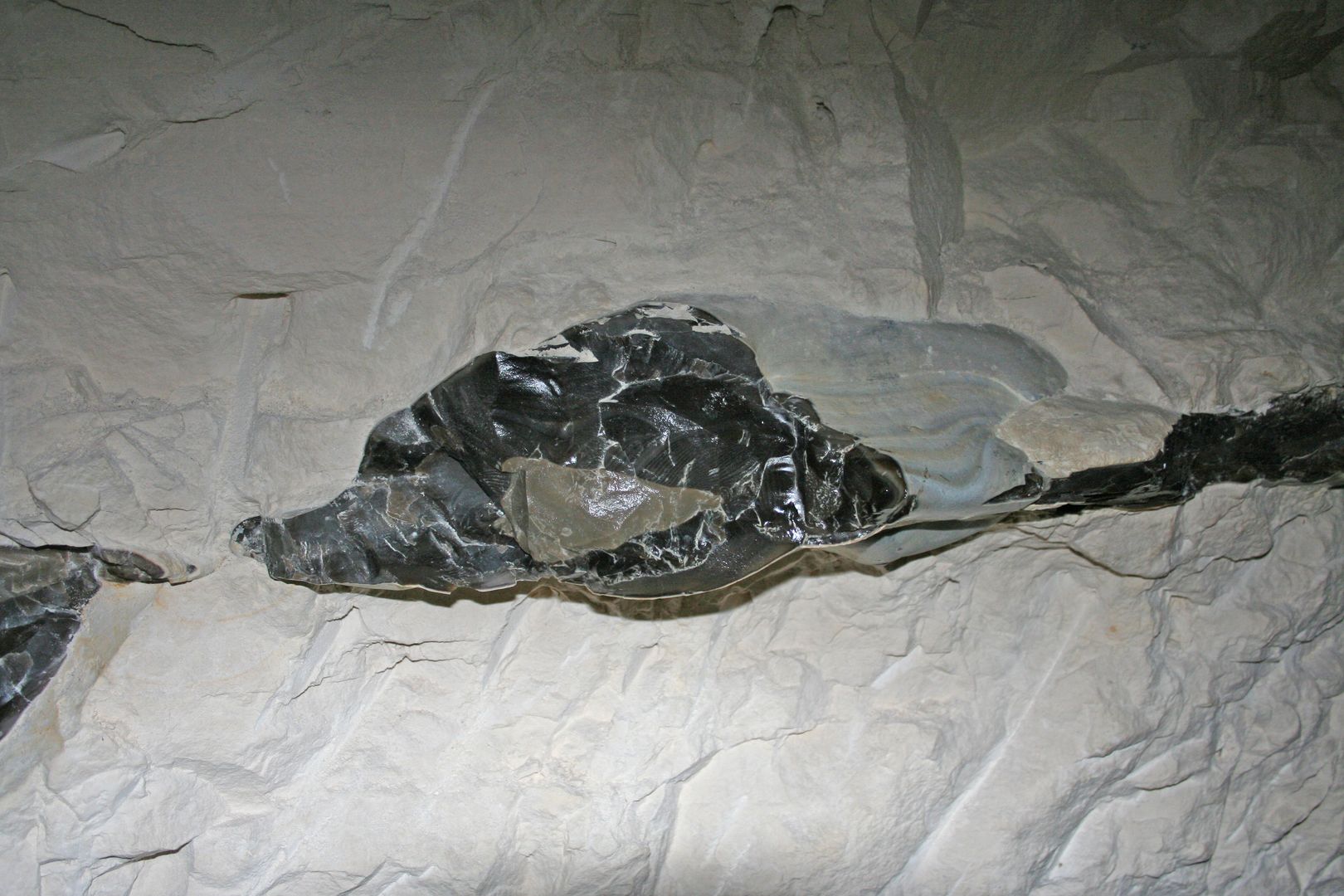Krzemionki
7

Overview
Krzemionki Opatowskie is a unique archaeological reserve located in the Świętokrzyskie Voivodeship, protecting Neolithic striped flint mines. Exploited between approximately 3900 and 1600 BCE, these mines are among the most important archaeological discoveries in Europe. The extraction of the mineral was carried out by representatives of the Funnelbeaker, Globular Amphora, and Mierzanowice cultures, and the flint was not only processed in local settlements but also distributed over considerable distances, reaching up to 660 km. The most important products made from flint were tetrahedral axes and chisels. In addition to the mines, reconstructed dwellings from the era have been built nearby, providing a better understanding of the lives of the people at that time. The discovery of the mines, made in 1922 by geologist Jan Samsonowicz, revealed four main types of structures: pit, niche, pillar-and-chamber, and chamber mines, with a network of over 2,700 shafts and tunnels forming an impressive underground structure. The tunnels have an average depth of 5–6 meters, making them accessible for exploration along a designated 465-meter tourist route. After mining ceased, the area became overgrown with forest, which helped preserve the prehistoric remains. In 2013, Krzemionki received the status of a historical monument, and in 2019, they were inscribed on the UNESCO World Heritage List, confirming their cultural value. The reserve is traversed by a blue hiking trail and is accessible by bus. An interesting fact is that in 2012, the National Bank of Poland issued commemorative coins for Krzemionki, including a 20 złoty silver coin with an embedded piece of striped flint. Krzemionki Opatowskie is a significant part of Poland's cultural and natural heritage, attracting tourists and researchers from around the world.
Location
2025 Wizytor | All Rights Reserved